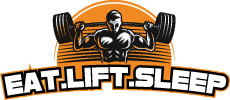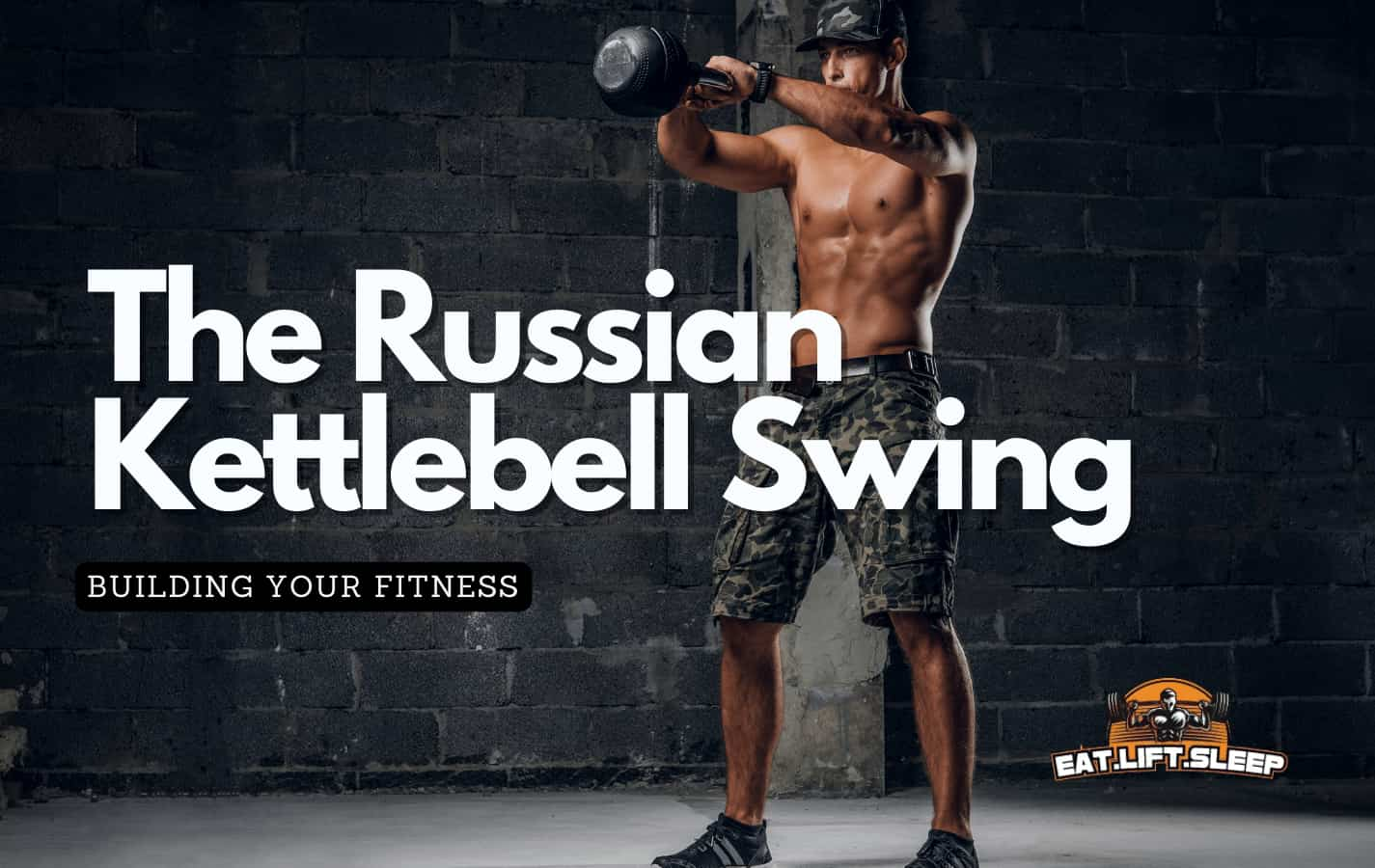Do you want to add a challenging and effective exercise to your CrossFit routine? Look no further than the RKBS. But what exactly is an RKBS in CrossFit?
The RKBS, or Russian Kettlebell Swing, is a full-body movement that involves swinging a kettlebell between your legs and up to shoulder height. It may seem simple, but this exercise has numerous benefits for athletes of all levels.
In this article, you’ll learn about the proper technique for performing an RKBS, its variations, common mistakes to avoid, and how to incorporate it into your workouts safely and effectively.
So let’s get started!
Explanation of RKBS in CrossFit
You’re probably wondering what the heck those kettlebell swings are all about, but let me break it down for you.
RKBS stands for Russian Kettlebell Swings, which differ from regular kettlebell swings in a few ways. First off, RKBS have a higher swing trajectory and require more hip extension compared to regular swings. Additionally, the weight of the kettlebell used for an RKBS is typically heavier than that of a regular swing.
If you’re new to CrossFit or exercise in general, don’t worry! RKBS can still be incorporated into your workout routine with some modifications to fit your fitness level. Beginners should start with a lighter weight kettlebell and focus on proper form before increasing weight or intensity.
It’s important to engage your core muscles throughout the entire movement and avoid using momentum from your arms or shoulders to lift the kettlebell.
Incorporating RKBS into your CrossFit workouts can help improve overall strength and endurance. This exercise engages multiple muscle groups including glutes, hamstrings, quads, core, shoulders and back. By mastering proper form with lighter weights first, you’ll be able to safely increase the intensity of your workouts over time.
So grab a kettlebell and give those RKBS a try!
Benefits of RKBS in CrossFit
One interesting statistic to note is that incorporating RKBS in CrossFit can lead to a 70% increase in power output during explosive movements.
This is because the movement stimulates the muscles responsible for generating power, such as the glutes, hamstrings, and quads.
Compared to other CrossFit exercises, RKBS targets these muscle groups more effectively, resulting in better overall fitness levels.
Aside from improved power output, there are more benefits of including RKBS in your CrossFit routine.
First on the list is enhanced cardiovascular endurance. The explosive nature of kettlebell swings elevates heart rate quickly and maintains it throughout the exercise, making it an effective form of cardio training.
Second on the list is increased flexibility and mobility due to its dynamic range of motion.
Lastly, RKBS helps improve grip strength as you need to maintain a solid hold on the kettlebell while swinging it.
Incorporating RKBS into your CrossFit routine has been proven effective in increasing power output and improving overall fitness levels.
Apart from that, it also offers additional benefits such as cardiovascular endurance enhancement, increased flexibility and mobility, and improved grip strength.
So if you’re looking for an efficient way to level up your workout routine, don’t hesitate to give this exercise a try!
Proper Technique for RKBS
To ensure maximum effectiveness and safety, it’s crucial that you follow proper technique when performing kettlebell swings.
First and foremost, choose the right kettlebell weight for your level of fitness. A weight that is too heavy can put unnecessary strain on your back, while a weight that is too light may not provide enough resistance to be effective.
As a general rule, women usually start with an 8kg or 12kg kettlebell while men typically start with a 16kg or 24kg kettlebell.
Secondly, breathing techniques are important in performing RKBS. As you swing the kettlebell between your legs on the downswing, exhale sharply through pursed lips. This helps engage your core muscles and stabilize your spine.
On the upswing, inhale deeply through your nose to prepare for the next rep.
Lastly, focus on maintaining proper form throughout each repetition to prevent injury and maximize results.
Start by standing tall with feet shoulder-width apart and holding the handle of the kettlebell with both hands at waist height.
Then push your hips back as you lower the bell between your legs before driving them forward explosively as you swing it up to chest height.
Keep your arms straight but relaxed throughout the movement and avoid using momentum from bending knees or leaning forward during swings.
With these tips in mind, incorporating RKBS into your CrossFit routine can help improve overall strength and conditioning while reducing risk of injury if done correctly.
So grab a kettlebell and give it a try!
Variations of RKBS
If you’re feeling bored with your usual workout routine, try switching things up by incorporating different variations of kettlebell swings into your regimen.
Known as RKBS in Crossfit, this exercise is versatile and can be modified to suit different fitness levels and training programs.
The traditional Russian Kettlebell Swing involves swinging the kettlebell between the legs, then lifting it up to shoulder height. However, there are many ways to modify this exercise to add variety and challenge.
One variation is the American Kettlebell Swing, which involves lifting the kettlebell all the way overhead instead of just to shoulder height. This modification engages more muscles in your upper body and core, making it a great addition to any strength training program.
Another option is the One-Arm Kettlebell Swing, which focuses on building unilateral strength and balance by swinging a single kettlebell with one arm.
Lastly, you can try incorporating interval training into your RKBS routine by doing Tabata-style sets or adding cardio exercises like jumping jacks or burpees between each set of swings.
Not only will this help increase your overall fitness level, but it will also keep workouts interesting and challenging. Incorporating these variations into your regular RKBS routine will not only prevent boredom but also help target different muscle groups for a well-rounded workout experience.
Try out some of these modifications during your next workout session for added variety and challenge!
Common Mistakes to Avoid
Don’t let these common mistakes sabotage your kettlebell swing game – they can be a real monkey wrench in your fitness routine.
One of the most significant mistakes people make is not using their hips enough. The power for an effective RKBS comes from your hips, not your arms or shoulders. Engage your glutes and core to create momentum that propels the kettlebell forward.
Another mistake often made is neglecting proper form. Poor form will hurt you in the long run, leading to back pain and other injuries. Keep your chest up and shoulders down while performing the exercise.
Don’t round your spine or allow yourself to hunch over during the movement – this puts unnecessary strain on your lower back.
Tips for improvement include starting with a lighter weight to get comfortable with proper form before increasing weight gradually. You should also focus on consistency and practicing regularly instead of trying to go too hard or too fast.
Give yourself time to master each step of the movement before moving on to more advanced techniques like one-arm swings or double kettlebell swings.
With time and practice, you’ll see progress in no time without risking injury due to bad habits or incorrect technique!
Incorporating RKBS into Your Workouts
Adding kettlebell swings to your workout routine can boost your overall fitness level and help you achieve your goals. However, before incorporating RKBS into your workouts, it’s important to start with the proper modifications.
This means starting with a lighter weight and focusing on form before increasing intensity.
When programming RKBS into your workouts, it’s important to consider the movement patterns and muscles being used. For example, adding RKBS after a heavy squat day may not be the best idea as both exercises utilize similar muscle groups.
Instead, try incorporating them on days where you are focusing on upper body or core strength. Incorporating variety in your RKBS programming is also key to avoid plateauing and keeping things interesting.
Try different variations such as single-arm swings or double kettlebell swings for added challenge. Remember to always prioritize form over weight, and gradually increase intensity as you progress in strength and skill.
Safety Tips for Performing RKBS
Stay safe during your kettlebell swings by following these important tips to prevent injury and maximize the benefits of this challenging exercise.
First and foremost, proper form is essential when performing RKBS. Keep your feet shoulder-width apart, engage your core muscles, and keep your back straight throughout the movement. As you swing the kettlebell between your legs, hinge at the hips rather than rounding your spine.
In addition to proper form, equipment maintenance is crucial for safety during RKBS. Before each workout, inspect your kettlebell for any signs of wear and tear or damage.
Make sure the handle is securely attached to the weight and that there are no cracks or chips in the material that could cause it to break during use.
Finally, always start with a lighter weight until you’ve mastered proper form before increasing resistance. As with any new exercise routine, listen to your body’s signals and avoid overexertion or pushing yourself too hard too soon.
Following these safety tips will help ensure a safe and effective workout as you incorporate RKBS into your fitness regimen.
Can Wall Balls Help Improve my Athletic Performance in CrossFit?
Wall balls are a staple in CrossFit workouts, and for good reason. Demystifying wall balls in crossfit workouts, these exercises are excellent for boosting athletic performance. They engage multiple muscle groups, improve strength, power, and explosiveness. Regular practice can also enhance coordination, cardiovascular endurance, and mental toughness. Incorporating wall balls into your training routine can have profound benefits and help you excel in various athletic endeavors.
Conclusion
So there you have it, now you know what RKBS is in CrossFit. It’s a highly effective exercise that targets your legs, glutes, and core muscles while also improving your cardiovascular endurance.
By adding RKBS to your workout routine, you can increase strength and power while burning calories at the same time.
But before you start swinging that kettlebell around, remember to always prioritize safety by using proper technique and starting with a weight that’s appropriate for your fitness level.
So why not give it a try? Who knows, maybe one day you’ll be effortlessly swinging around a heavy kettlebell like a pro!






Leave a Reply